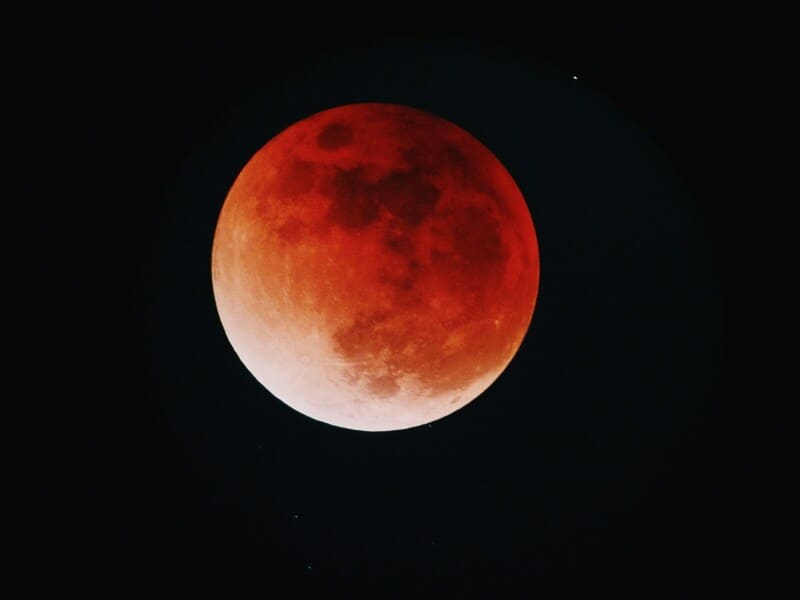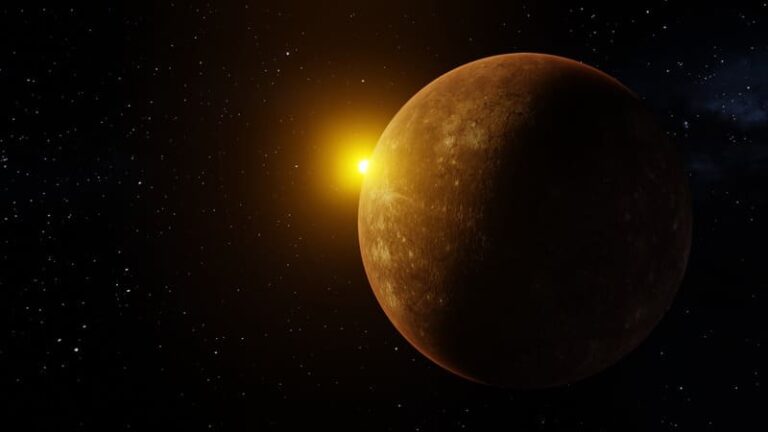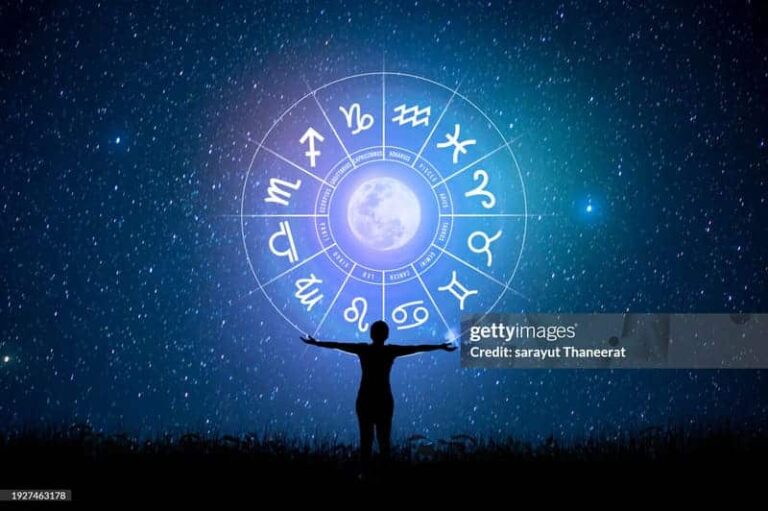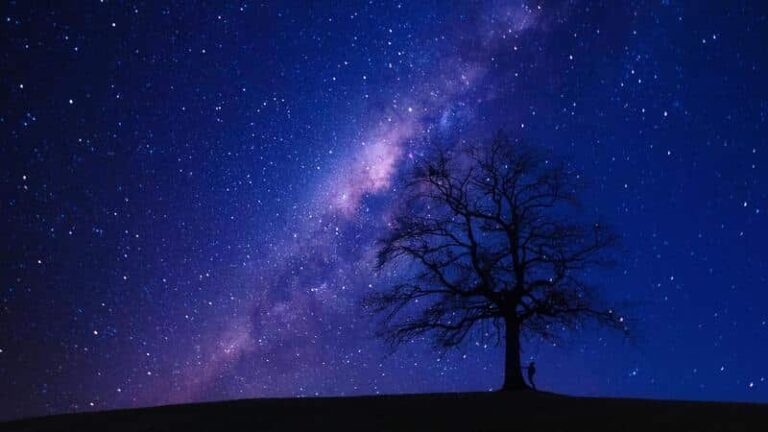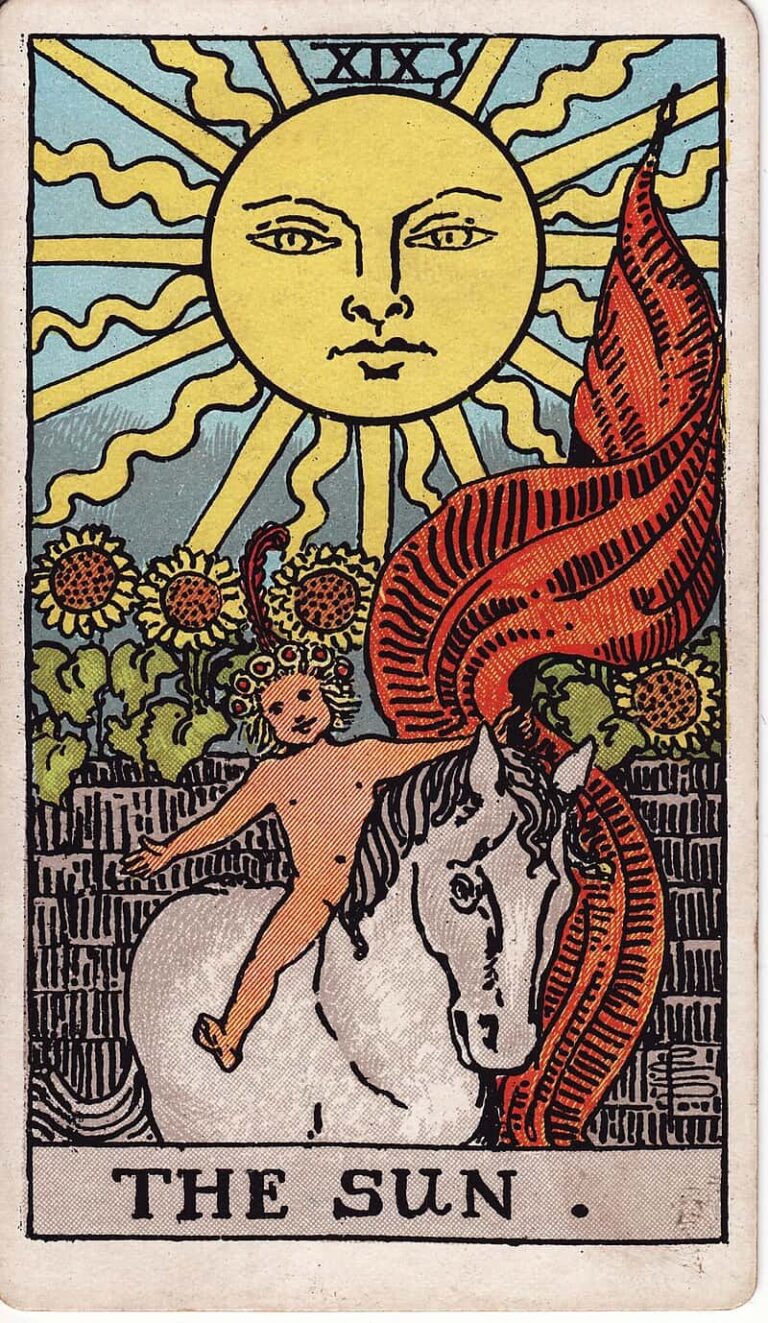The Miraculous 2025 Blood Moon Is Here
One of the most incredible miracles of the moon is scheduled for September 7, 2025—a total lunar eclipse. Known as the Blood Moon, it is nearly impossible to ignore if you are in the right location with a clear night sky. People from all over the world will be gazing up at the sky to appreciate the red moon.
The eclipse and Blood Moon will be visible from Europe, Africa, Asia, and Australia, weather conditions permitting. Unfortunately, those in the ET time zone will not be able to witness the spectacle of the eclipse, because the event will take place around 2 p.m. ET. They did have the chance to appreciate the beauty of the nearly full orange moon on September 5 and 6 in most of the ET zone.
The full moon and eclipse are incredible spectacles to witness and fairly well known by sky gazers and moon lovers, but the science and history behind these night sky events is not common knowledge. The moon plays an enormous role in our lives and our entire planet. It controls the tides of our oceans, plays roles in human cultures and religions all over the world, and may even effect our health.
The Science Behind An Eclipse
A lunar eclipse is, to put it simply, when the moon is entirely covered by the Earth’s shadow. The science behind this particular eclipse is pretty interesting if you are a moon nerd. It all comes down to alignment and light.
As the sun, moon, and Earth line up, the moon slowly becomes crescent-shaped before completely disappearing. They continue to orbit, and light from the sun slowly comes back around the edges of Earth. Through a phenomenon known as Rayleigh scattering, particles in Earth’s atmosphere deflect the blue wavelengths of sunlight, creating the red glow of the Blood Moon. To put it in a more artistic way, it is like taking all of the blue out of the moon for a little while.
The Moon In Culture
The moon has been an important symbol in human culture long before linguistics and writing. The big rock in the sky can be found carved into the walls of caves and buildings dating back over 13,000 years. After years of space exploration and evaluation, NASA estimates that the moon was formed from a massive collision with another rock about 4.5 billion years ago.
Regardless of when and how the moon came to be, it is deniably a part of human life and cultures around the world. People of many religions have been praying to moon Gods, Goddesses, and spirits for hundreds of years. The moon is significant in major religions such as Christianity, Islam, and Hinduism, often representing God and connecting people spiritually.
The moon can also be found throughout popular culture. Ranging from the children’s book “Hello Moon” to being a main feature in every vampire and werewolf book and movie, it infiltrates more areas of human culture than we may realize.
It is believed that the moon can affect our health. Scientists believe it can disrupt the human circadian rhythms and decrease the quality of sleep, especially during a full moon. While there is little science to back other theories, many also believe the moon can affect our moods, hormones, and menstrual cycles.
Whether it is spiritually, or scientifically, or physically, it does not seem that the moon is going anywhere in human culture and life on planet Earth—at least not for long.
No Man In The Moon Tonight
For many around the world, the craters many cultures call “the man in the moon” will be temporarily unseeable. This will be the second total eclipse of 2025, and an extraordinary one if you can see it. The next full eclipse will not occur until March 2-3, 2026.
Whether you are able to witness the Blood Moon from your side of the world or not, the moon is likely affecting your life in some way today. The big rock in the sky infiltrates our lives just as much as the sun, and together they control life and tides everywhere on Earth.

